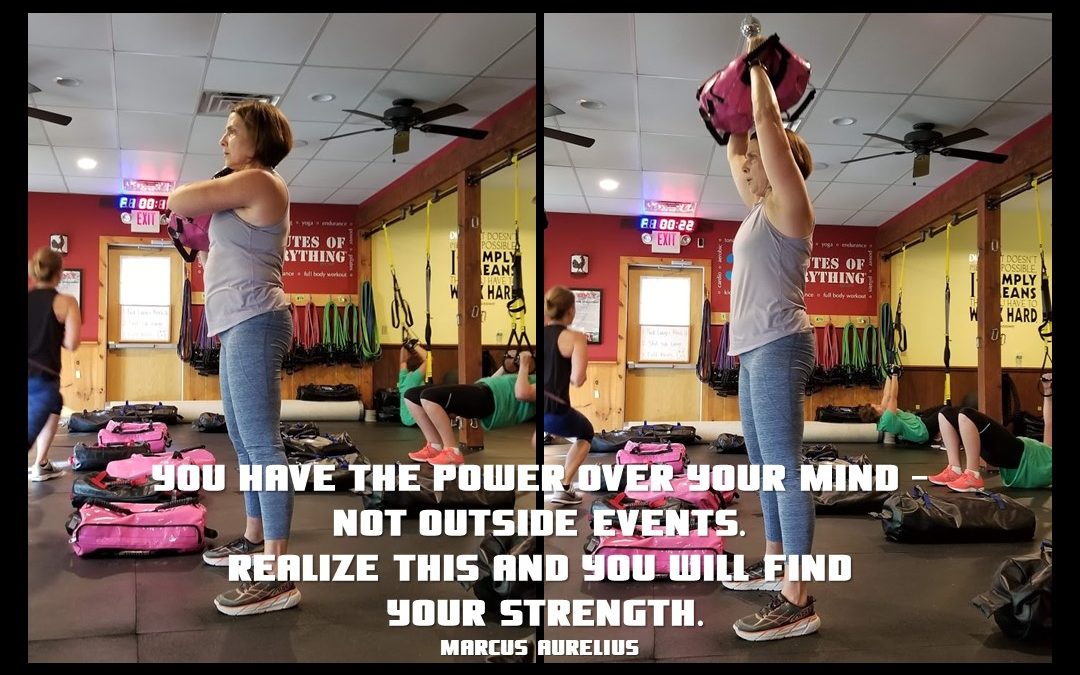It is well known that exercise is good for your body, but it’s also good for your moods. You’ve heard of the “Runner’s high”? It’s a real thing! Within the past few decades, more research has demonstrated that regular exercise can be as effective as prescription medication in treated mood disorders, specifically depression and anxiety. Granted, this is not to say it’s a replacement for medication or true for all people or all types of depression, but in general. How does exercise do this?
From a biological standpoint, exercise can alter the internal wiring of the brain and release some “feel good” hormones (endorphins). During exercise, more blood pumps through your body so more nutrients and oxygen are delivered to your brain (& working muscles). This improves brain health and neuron signaling in the brain. Research suggests that exercise can improve neurotransmitter function (chemical messenger in the brain) and growth of the hippocampus (area of the brain associated with depression). Improved hippocampal function can help reorganize new memories in the brain so individuals can process events differently and not continue to repeat behavior patterns based on old memories and old thinking. Over time, exercise can increase the sensitivity of dopamine receptors so that exercise is seen as a reward. Thus, making people crave exercise for that feel good feeling.
All types of physical activity and formal exercise can have benefits to moods. The best response comes from 30 minutes of aerobic type exercise at 70-80% heart rate max (green MyZone) 3-5 days/week. Some of the reported benefits of a regular exercise program on mood include:
- Improved self-confidence and self-efficacy
- Feeling a sense of purpose
- Diversion from negative thinking
- Social interaction
- Healthy coping mechanism
- Decreased depressive symptoms
- Reduced repeat episodes of depression
For someone with a mood disorder, the hardest thing can be getting motivated. Exercise might be great for them and make them feel better, but how do they get started? That is the biggest hurdle. Some therapists will recommend group exercise as an effort to make the person accountable to a group and because of the social benefits of the group. Carpooling to exercise with a friend also helps get someone to exercise. Motivation is different for everyone so whatever can work to get someone to exercise, try it. Once you’re used to exercise, the benefits will keep someone coming.
Bring a friend to an exercise class who might need a boost. You might be the one who can help start a positive up spiral to feeling better.

